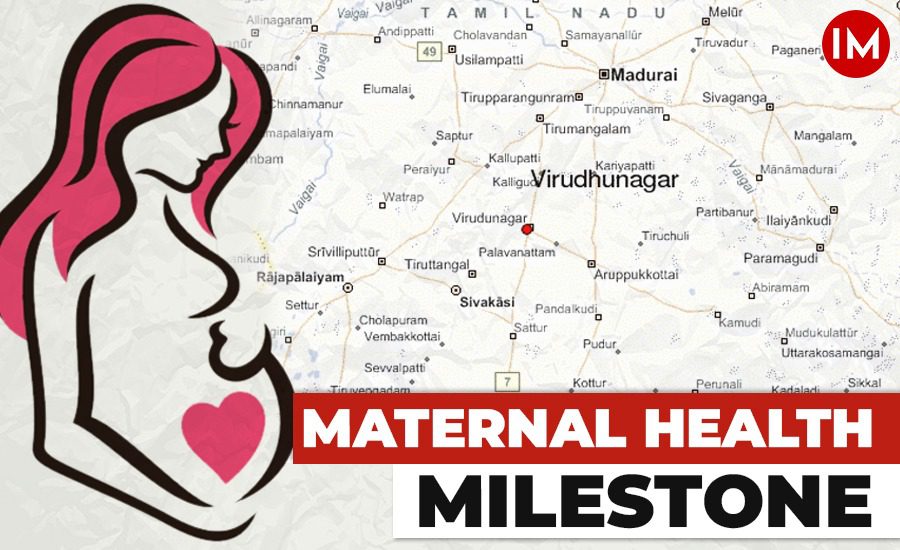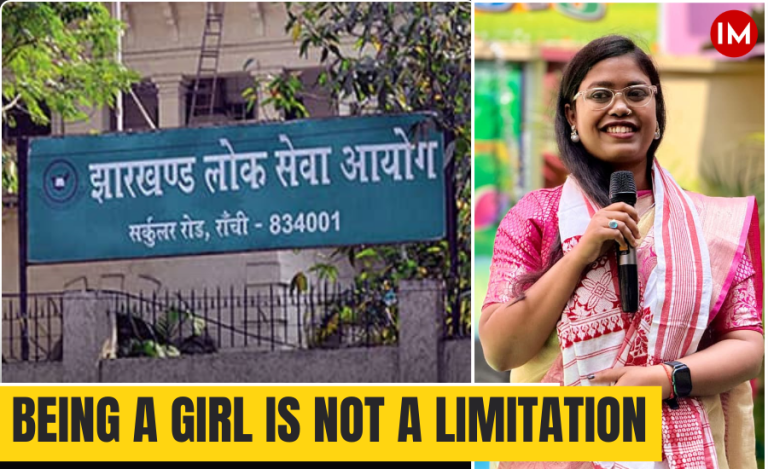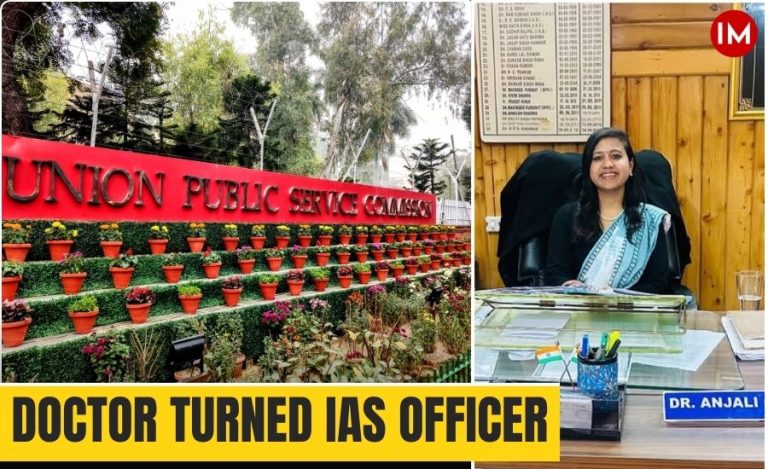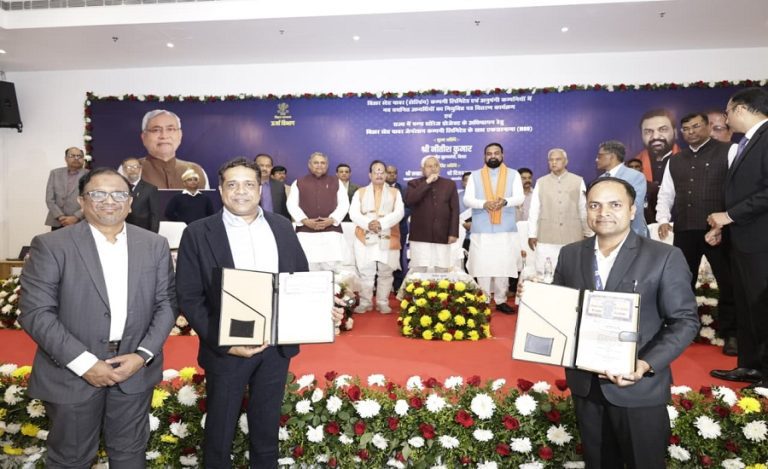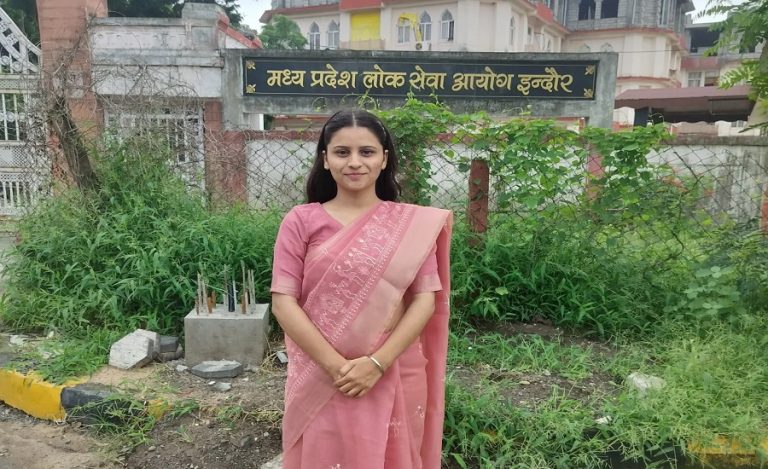Virudhunagar District in Tamil Nadu has achieved a remarkable milestone in maternal healthcare: zero maternal deaths from April 2023 to December 2023. This significant achievement reflects the district’s effective strategies and collaborative efforts in addressing maternal mortality. Speaking with Indian Masterminds, IAS officer Supriya Sahu, who is the Additional Chief Secretary, Health & Family Welfare Department, Tamil Nadu, shared about the success in detail.
VIRUDHUNAGAR HEALTH UNIT DISTRICT
Virudhunagar HUD encompasses a comprehensive network of healthcare facilities aimed at providing extensive maternal healthcare services. It includes:
5 Block Primary Health Centers, 15 Additional PHCs, 2 Urban Primary Centers, 3 Government Hospitals, and 1 Medical College Hospital.
Despite these facilities, the district faced a maternal mortality rate of 183 per lakh live births in 2021-22, with 15 maternal deaths recorded. “The HUD team meticulously analyzed these deaths and devised a strategic plan to reduce the MMR effectively,” Ms. Sahu shared.
IDENTIFIED CHALLENGES
The team identified several critical issues contributing to the high MMR which include-
1. Lack of coordination between primary, secondary, and tertiary care staff.
2. Inadequate tracking of high-risk antenatal mothers by field staff.
3. Communication gaps between patient families and Village Health Nurses.
4. Nutritional deficiencies among antenatal mothers from deprived backgrounds.
5. Delays in early notification by VHNs to medical officers about antenatal mothers.
6. Mentor obstetricians were not always aware of high-risk cases in their blocks.
7. Insufficient notification of high-risk mothers from private hospitals to government field staff/PHC teams and difficulties in admissions from other districts.
KEY INITIATIVES AND STRATEGIES
1. High-Risk Mothers Tracking via Virucare App:
To ensure better management and tracking of high-risk pregnancies, the district introduced the Virucare App. “A dedicated WhatsApp group, initiated by the District Collector, included all primary, secondary, and tertiary care treating doctors and specialists. This group was activated whenever a high-risk antenatal mother required intervention, facilitating real-time information sharing and coordination,” Ms. Sahu informed. This proactive approach ensured prior preparatory arrangements in facilities before the arrival of antenatal mothers in emergencies, significantly reducing morbidity and mortality.
2. Irumbu Penmani Thittam:
Addressing the issue of anemia among antenatal mothers, the Irumbu Penmani scheme was launched. Under this scheme, identified anemic antenatal mothers received nutritional supplement packs containing dried black grapes, dried figs, red flattened rice, ferrous sulfate syrup, and protein mix powder, in addition to the existing provisions under the Maternity Risk Management and Birth Surveillance (MRMBS) scheme. It helped improve the nutritional status of mothers, contributing to better health outcomes.
3. High-Risk Mothers Tracking:
A special team continuously tracked all high-risk mothers from the head office. This consistent monitoring ensured their safety and provided reassurance through attentive care from healthcare staff. A dedicated war room was set up with staff to regularly follow up with high-risk mothers, particularly in the last trimester and days before the Expected Date of Delivery (EDD).
4. Coordination and Follow-Up Meetings:
Regular coordination meetings were essential for managing high-risk cases:
– Monday: SHN and DMCHO meet with the Deputy Director of Health Services to discuss high-priority mothers.
– Tuesday: Detailed reviews of antenatal cases in all blocks by Block Medical Officers, with rotational attendance by the Deputy Director.
– Frequent field visits: Second-level officers and the Deputy Director visited high-risk cases to ensure proper measures were taken.
5. Health Education and Community Engagement:
Education and counseling sessions informed antenatal mothers about abortion services, high-risk condition warnings, safe confinement, feeding practices, and birth spacing. Monthly CEmONC (Comprehensive Emergency Obstetric and Newborn Care) meetings discussed birth planning for high-risk cases, and MCH care meetings focused on implementing remedial measures.
6. Early Information and Transportation Coordination:
Early information on the high-risk status of mothers was passed to other district CEmONC centers to ensure hassle-free admissions. The district team coordinated with ambulance services for faster transportation of high-risk antenatal mothers and arranged for blood units whenever necessary.
“Timely orientation of VHNs, SHNs, staff nurses, and medical officers about recent updates on standard operating procedures and guidelines ensured that healthcare staff remained informed and prepared to handle high-risk cases effectively. Campaigns for high-order birth reduction through a basket of family welfare services were also conducted,” the officer shared.
ACHIEVEMENTS AND IMPACT
The diligent implementation of these strategies led to a significant reduction in the maternal mortality rate, with Virudhunagar achieving zero maternal deaths within nine months. In 2022-23, Virudhunagar also secured the state rank in female sterilization procedures, further highlighting the district’s comprehensive approach to maternal health.
COMMUNITY RESPONSE AND FUTURE OUTLOOK
The community, healthcare professionals, and policymakers have praised Virudhunagar’s success. The collaborative efforts and innovative strategies implemented in the district have not only saved lives but also fostered a sense of pride and accomplishment among all stakeholders. “Moving forward, continued collaboration, innovation, and community involvement will be essential to sustaining and expanding these gains in maternal healthcare across Tamil Nadu and beyond,” Ms. Sahu said while concluding.

